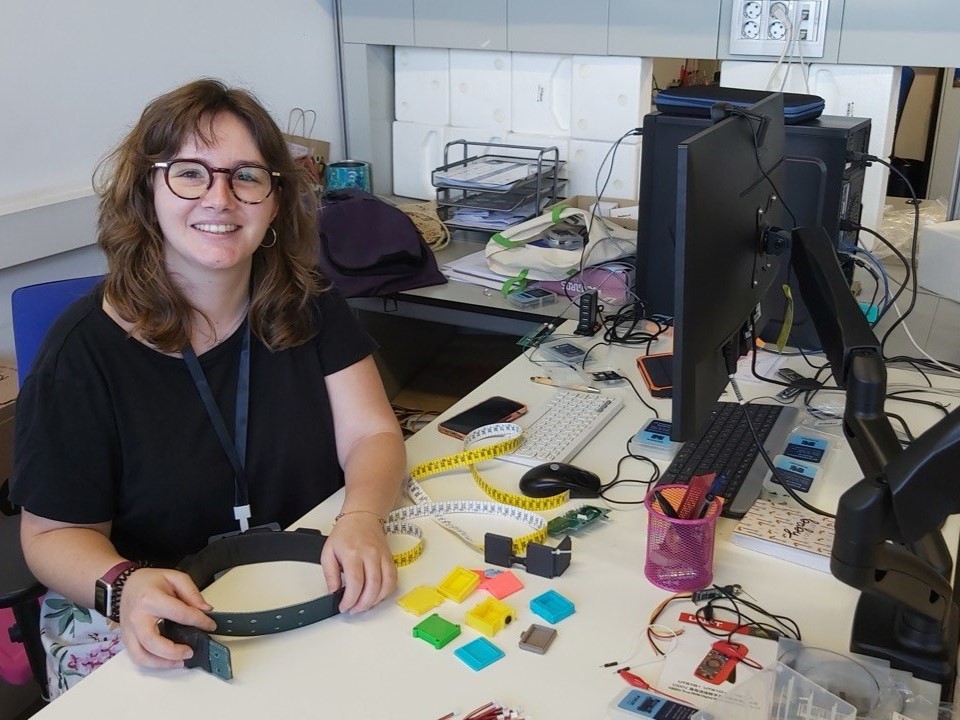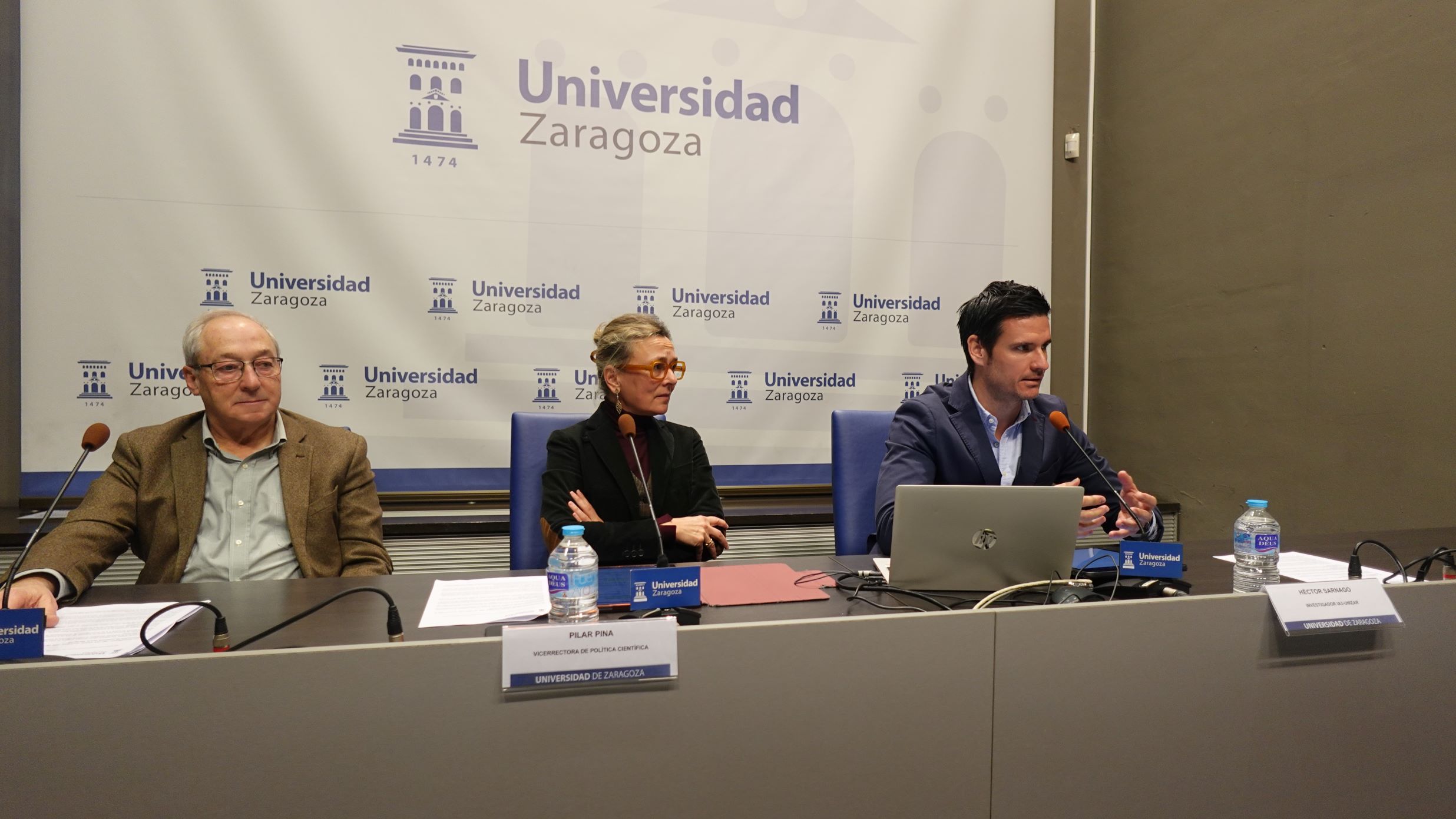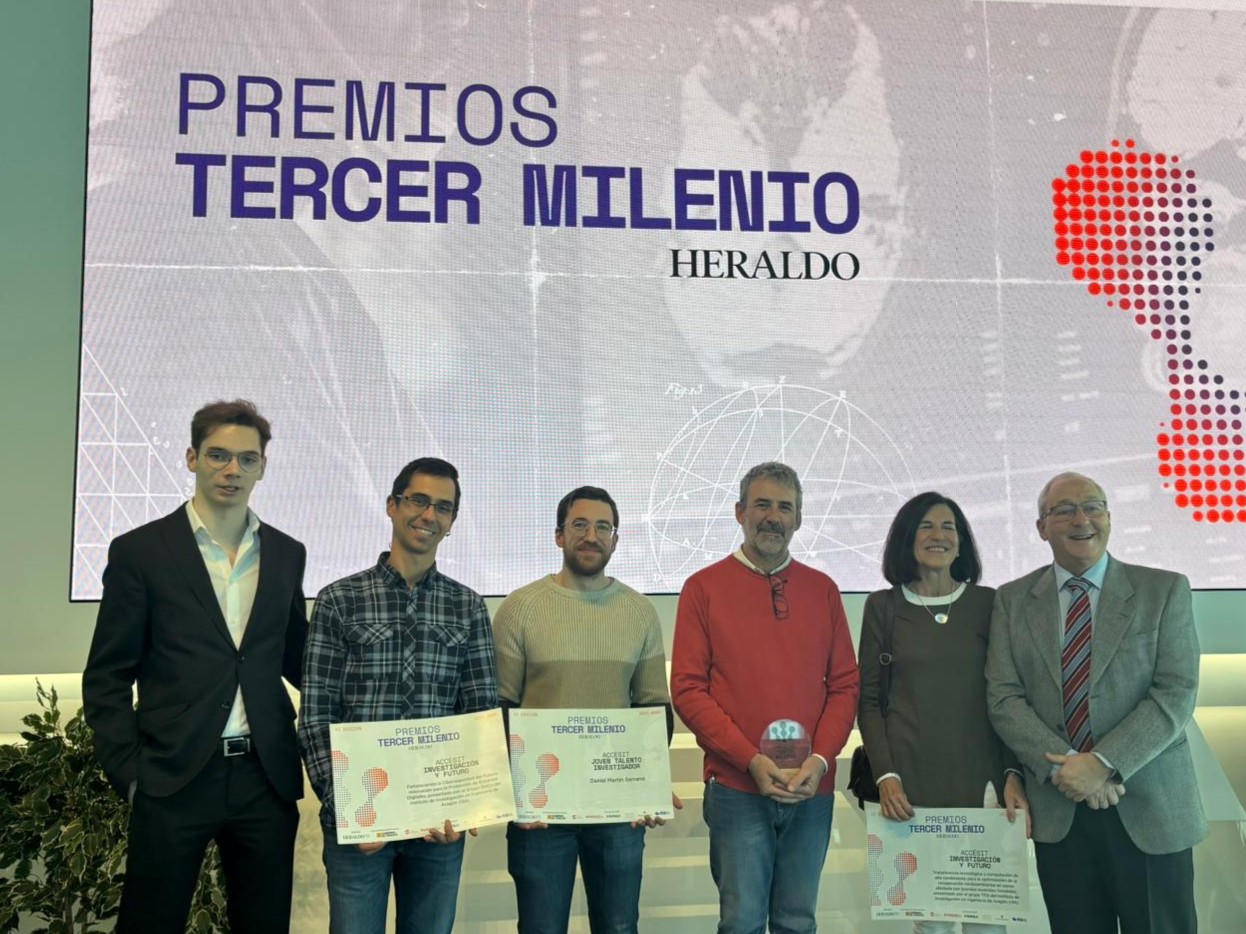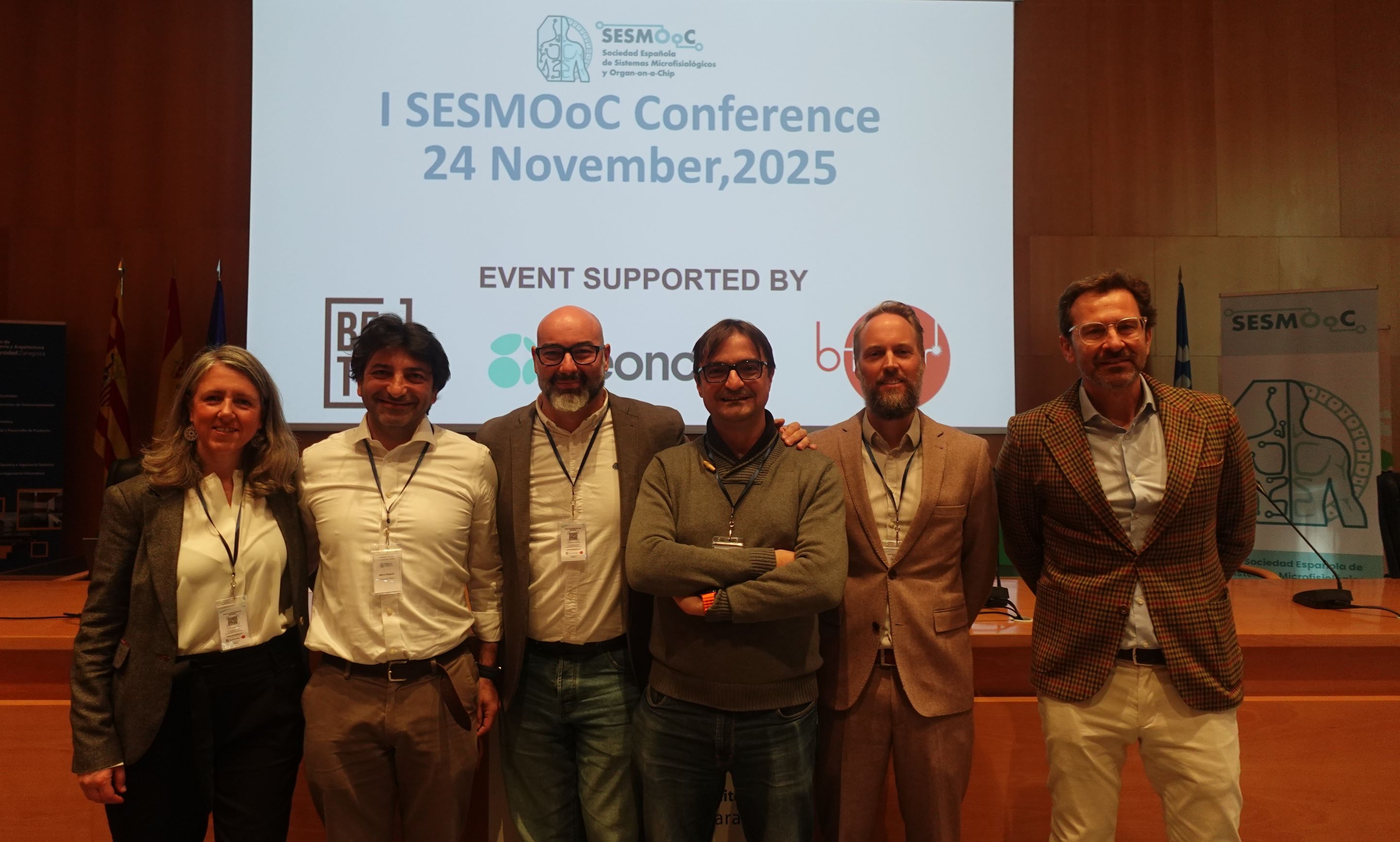
It is common to see animals with technological devices that help to locate extensive livestock or to know how they move, if something has happened to them, and the same happens with wild animals. Now, a research group from the I3A (Aragon Institute of Engineering Research) is going a step further to put the animal at the centre of these applications, to ensure that it is not affected by the technology, nor that its use leads to behavioural changes that affect its welfare and the reliability of the data.
Marta Siguín is one of the researchers in the Howlab group working along these lines. She studied Industrial Design and Product Development Engineering and her aim is to design devices that not only assess what is to be measured and how it will be carried out at a technological level, but also what the specific characteristics and needs of each animal are, and how these should be reflected in the formal and functional design of the device. So far, he has worked mainly with livestock and companion animals at the University of Zaragoza, and in collaboration with the Polytechnic University of Catalonia, but in August she will travel to South Africa to continue her research at the Loziba Nature Reserve, where for three months she will study the conflicts suffered by South African wildlife, elephants, lions and wild dogs, when they are monitored.
The first device they designed was a modular collar that distributes electronic components in several compartments, connected and powered by batteries that are recharged wirelessly. The homogeneous weight distribution is transferred to the animal's comfort and allows a better integration of the collar elements. This device presents an innovative design that makes use of new manufacturing technologies and new materials, but also innovates in the design process followed for its conceptualisation and development. ‘This device substantially improves the current offer of telemetric devices for livestock, thanks to a design process focused on the animal,’ explains Marta Siguín.
Animal-Centred Design
Animal telemetry is a topic with a great future in veterinary medicine, wildlife conservation and research, but where serious design issues are evident. The researcher from the Howlab group recalls how the concept of a GPS collar with a central module that housed practically all the electronics has evolved.
‘The results of this research are of interest to designers and manufacturers of animal telemetry, technologists and professionals in the animal and agricultural sector, as they contribute to the knowledge on animal tracking through the design of the device itself and the methodological approach used to achieve it,’ explains Marta Siguín.
‘We have to design technological devices that involve as little change as possible, wearables that are more responsible to the animal and that ensure accurate and reliable data collection, by applying User-Centred Design philosophies, in this case, animals and humans’.
In this link you can read the complete publication about the designed modular collar.: https://doi.org/10.3390/s22010300




